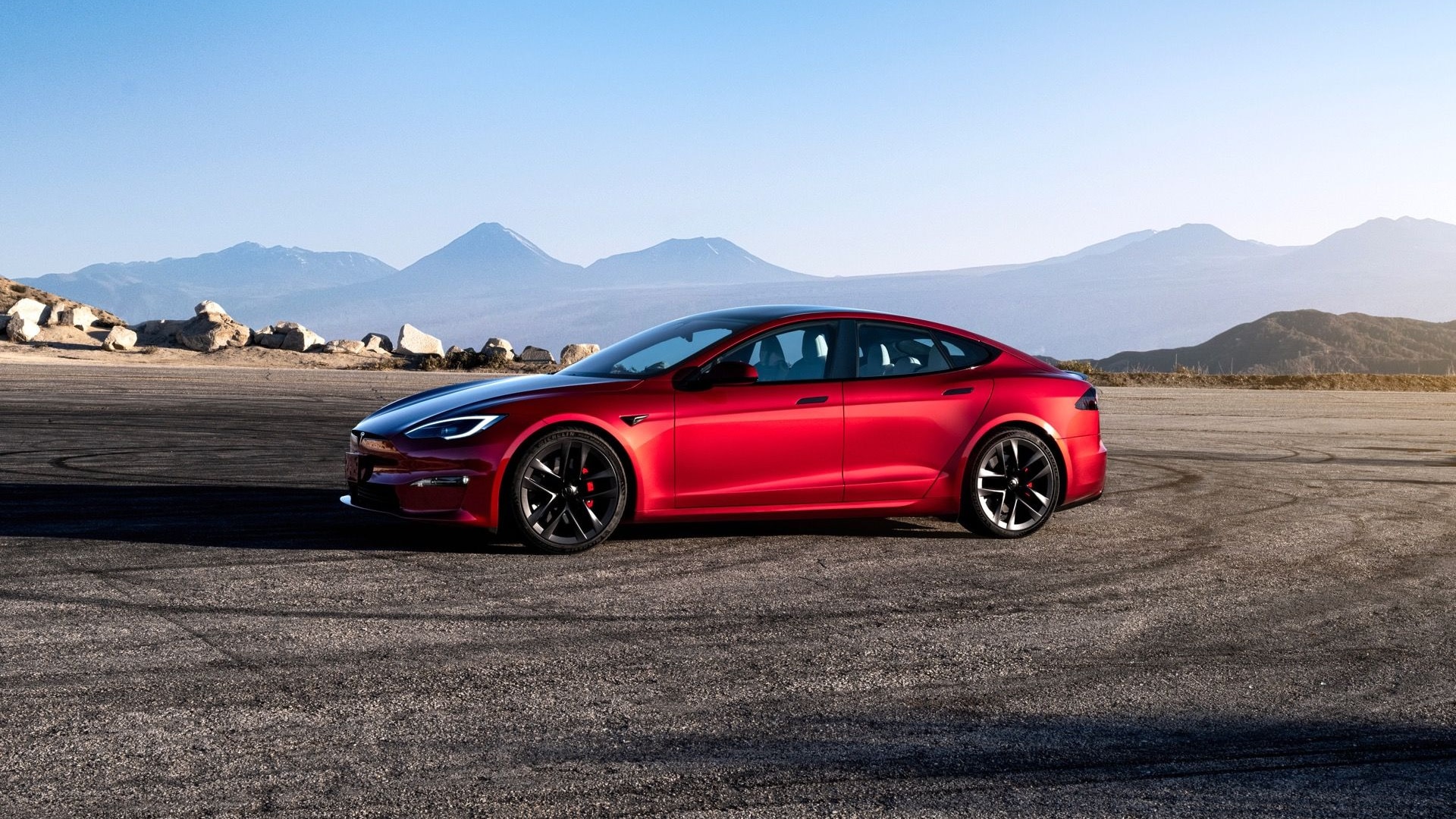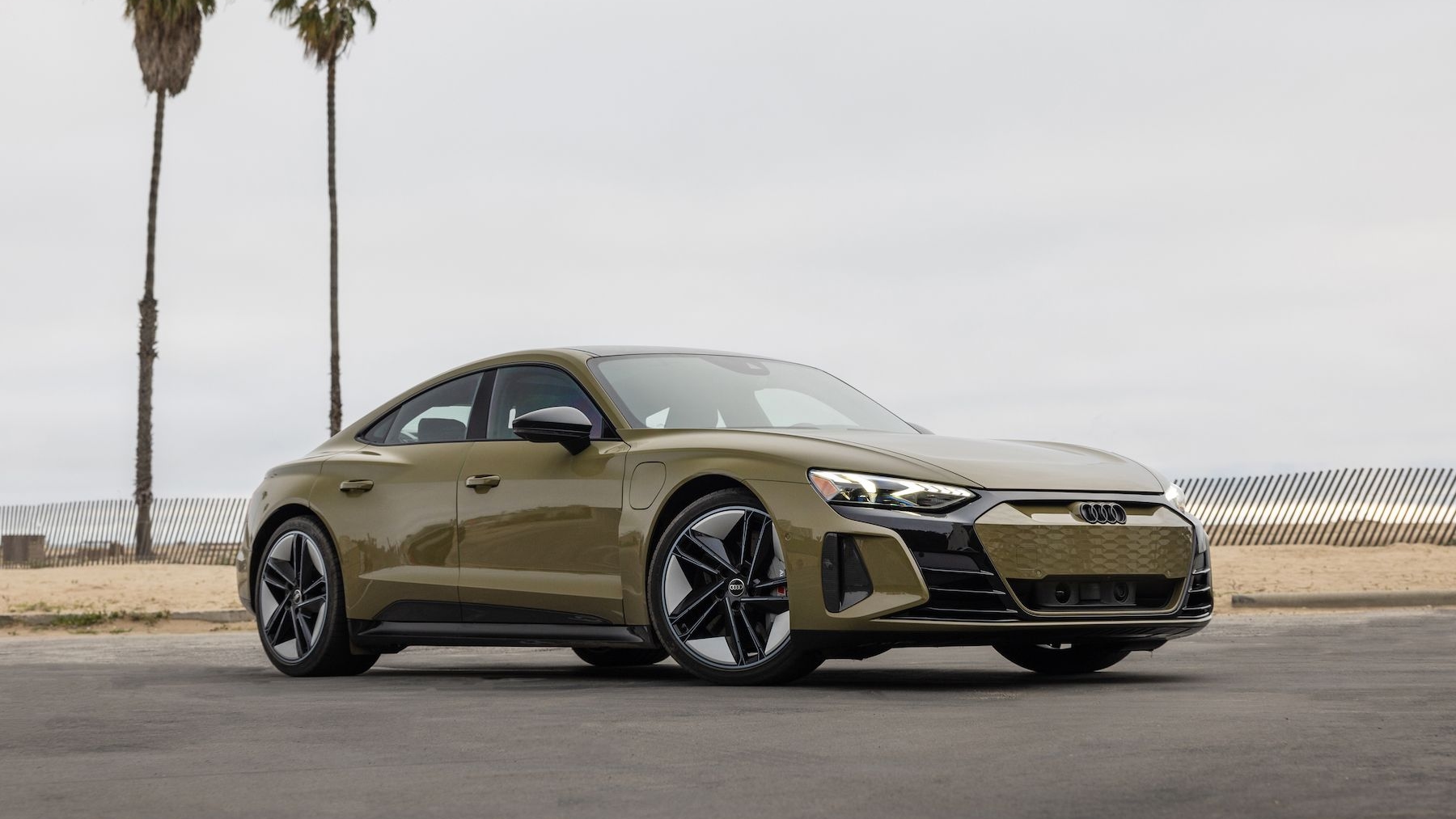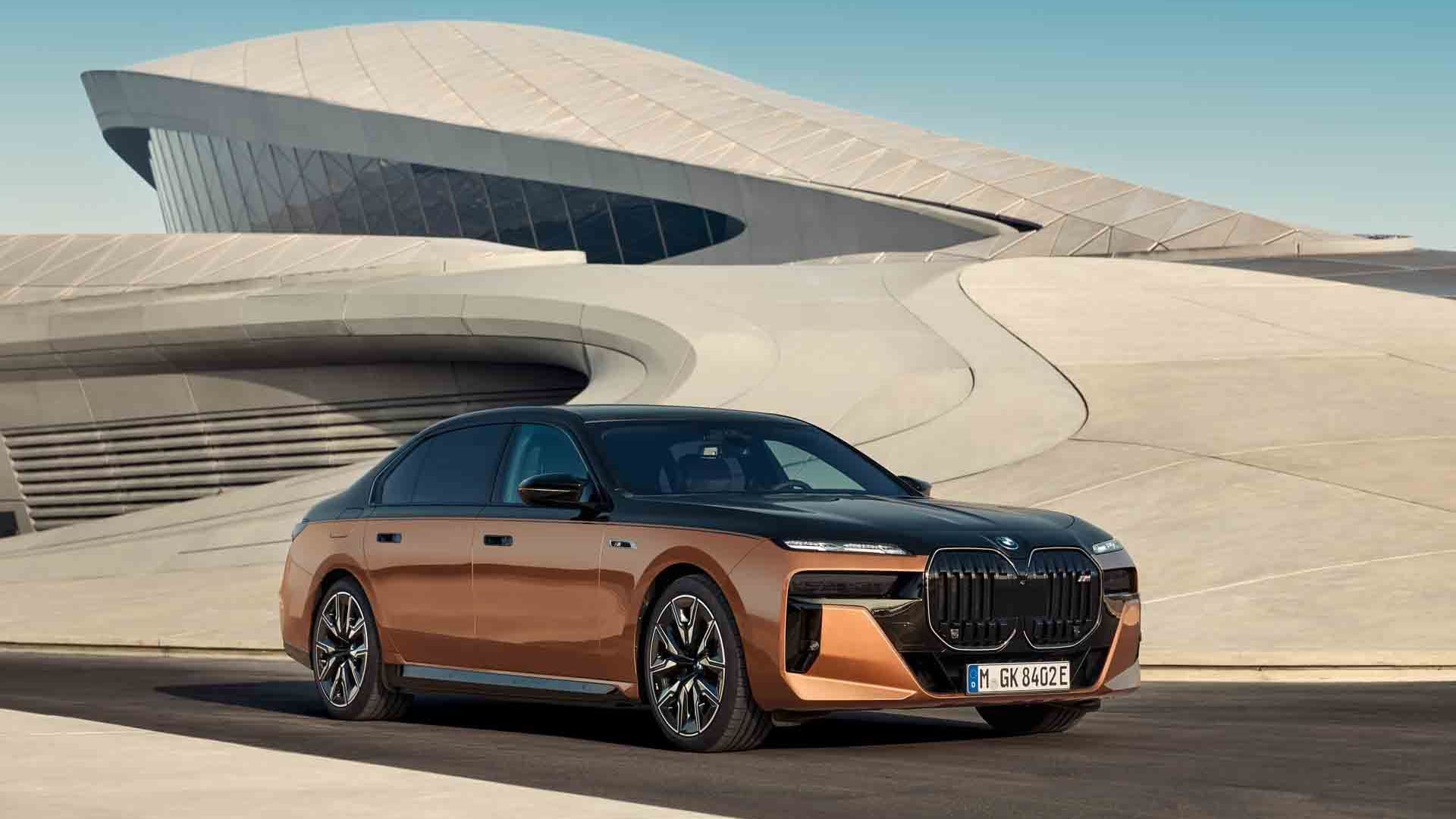Tesla Motors CEO Elon Musk has announced a fix for the Model S electric sedan to prevent future debris-related fire incidents, of the kind reported towards the end of last year. In two separate incidents, contact with road debris punctured the car's large underbody battery pack, later causing it to catch fire. In a third incident, a high-speed crash in Mexico also caused a Model S to catch fire. None of the accidents resulted in any harm to those traveling in the car, and all were able to get out of the car without a problem before it caught fire. But Tesla Motors [NSDQ:TSLA] has spent the intervening time finding a way of further protecting the existing quarter-inch thick aluminum protection plate.
According to Musk (via Green Car Reports), the new shield is formed from titanium, of the type "more commonly seen in aerospace and military applications". In addition, a hollow round aluminum bar and a shallow-angle solid aluminum extrusion serve to prevent a repeat of previous battery pack punctures. The round aluminum bar sits at the front of the titanium tray, deflecting or absorbing impacts. In more serious cases, it can deflect particularly solid objects into the frunk area--damaging it, but keeping any impacts away from the cabin or battery, and allowing drivers to maintain control should an impact occur.
The titanium plate protects front underbody components and absorbs force from road debris impacts, while the aluminum extrusion helps the car ride up and over objects that can't otherwise be compressed or moved. To prove the new component's effectiveness, Elon Musk has included a series of animated .gif images showing impacts with trailer hitches, concrete blocks and a steel alternator. The trailer hitch hit looks particularly brutal--but importantly, the object does not pierce the underside of the car.
In all, the company has carried out 150 object tests with no damage to the pack. The extra weight does not affect the car's handling or ride, says Musk, and has no more than a 0.1 percent impact on the car's range--less than a mile. The new setup does not affect the car's aerodynamic drag or lift qualities, either. Tesla will retrofit the plate to all existing Model S cars--30,000 or so units--as well as fitting it to future examples, as part of the car's service schedule or at the request of owners.
_______________________________________



